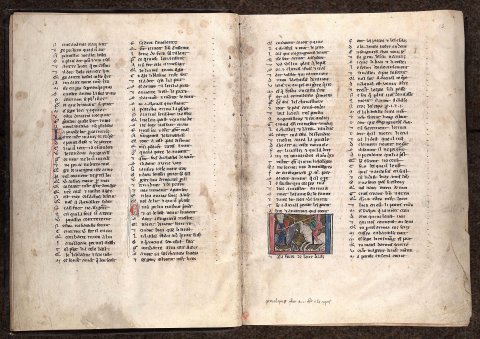The agon, or agonistic confrontation is, in Greek epic and tragedy, the confrontation of two heroes through combat and/or speech. The function of this confrontation is to express values, to celebrate the symbolic system of the City. It is opposed to the banquet (lyric poetry, for example, is a literature of the banquet), which unites rather than confronts, but basically performs the same celebratory function, even if the values are different (values of the otium versus the values of the negotium, for example, in Rome).

The chanson de geste and the early medieval novel, which emerged from a distinct cultural tradition, make use of the agon and the banquet (represented, for example, by King Arthur's round table, or the Fisher King's table before which the grail passes), but combine them. An ideal story sequence contains an agon, where the hero's membership of the world of chivalry (or courtesy) is questioned, and a banquet, where this membership is represented and celebrated. In each real-life sequence, an element disrupts this ideal fulfillment.
The increasingly close interweaving of the agon and the banquet prepares the pre-scenic device of the quest, which establishes face to face the narrative performance (the agonistic confrontation(s) at the end of which the hero will reach the place, will invest the place) and the place where the thing to be seized is located. This pre-scenic place is the ancient banqueting ground.
In the classical era, performance is in some ways the heir to the agon, which it often reduces to ritualized speech. Agonistic, or rather now scenic, confrontation is no longer understood as a celebration of code, but as transgression and scandal. The transgressive dimension of this confrontation was prepared, as early as the Middle Ages, by a parodic inflection of chivalric performance.
(Stéphane Lojkine, La Scène de roman, A. Colin, 2001)
Critique et théorie
Archive mise à jour depuis 2008
Critique et théorie
Généalogie médiévale des dispositifs
Entre économie et mimésis, l’allégorie du tabernacle
Trois gouttes de sang sur la neige
Iconologie de la fable mystique
La polémique comme monde
Construire Sénèque
Sémiologie classique
De la vie à l’instant
D'un long silence… Cicéron dans la querelle française des inversions (1667-1751)
La scène et le spectre
Dispositifs contemporains
Résistances de l’écran : Derrida avec Mallarmé
La Guerre des mondes, la rencontre impossible
Dispositifs de récit dans Angélique de Robbe-Grillet
Disposition des lieux, déconstruction des visibilités
Physique de la fiction
Critique de l’antimodernité
Mad men, Les Noces de Figaro
Le champ littéraire face à la globalisation de la fiction
Théorie des dispositifs
Image et subversion. Introduction
Image et subversion. Chapitre 4. Les choses et les objets
Image et subversion. Chapitre 5. Narration, récit, fiction. Incarnat blanc et noir
Biopolitique et déconstruction
Biographie, biologie, biopolitique
Flan de la théorie, théorie du flan
Surveiller et punir
Image et événement

